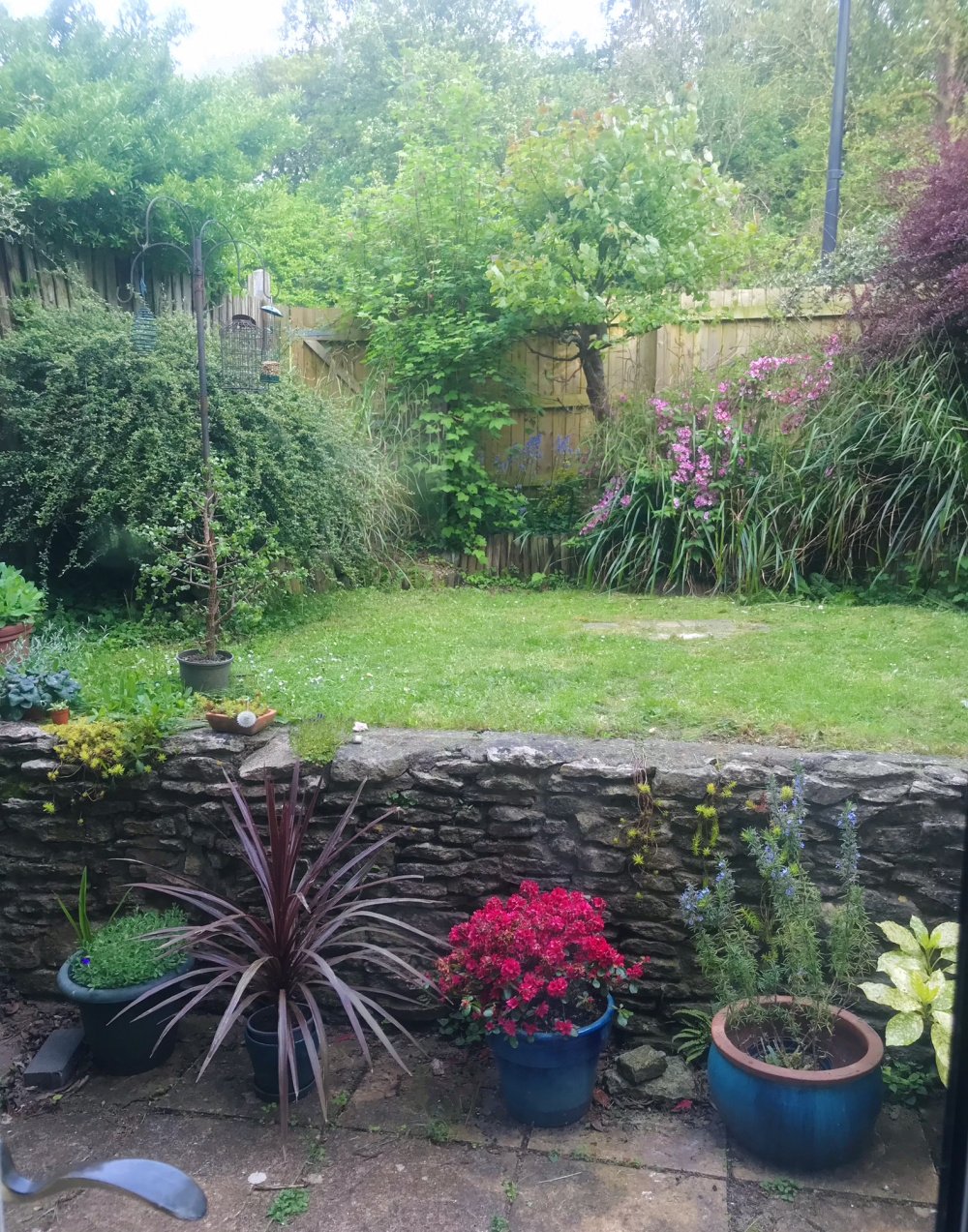This Forum will close on Wednesday 27 March, 2024. Please refer to the announcement on the Discussions page for further detail.
Ladybirds for mealybug control - effective?
Just moved house… my new garden is wonderful, but there are mealybugs on almost everything. I’ve heard you can buy ladybirds and they will eat the mealybugs. I have three questions about this:
1. Does this method really work? If not, what’s a better option?
2. Should I buy adult ladybirds, or larvae?
3. Won’t I just end up with an infestation of ladybirds (I have my back door open a lot, don’t really want a house full of ladybirds, haha)
Cheers!

1. Does this method really work? If not, what’s a better option?
2. Should I buy adult ladybirds, or larvae?
3. Won’t I just end up with an infestation of ladybirds (I have my back door open a lot, don’t really want a house full of ladybirds, haha)
Cheers!

1
Posts
I’m not sure, if I buy larvae, where I’m supposed to put them. I’m assuming I add them to water and pour the water in the soil around the plant, like with nematodes. But then, if the larvae are in the soil, they’re not eating the bugs that are on the plant, only the ones in the soil. Until they become adults… in which case, as you say, maybe they’ll just fly off? I don’t understand how it works 😂
Or you can spray. Commercial sprays
or: 1. washing up liquid diluted, 2. vegetable oil. 3. veg oil emulsified with washing up liquid and water. Both stop insects breathing.
If you are careful you can hit the bad guys and not the friendly guys. If you have the time you can paint individual mealy bugs.
Lady birds often hibernate in the space in my secondary double glazing. When they wake up, I have to help them find their way out.
Purchased ladybirds have no loyalty to their new owners.
"Have nothing in your garden that you don't know to be useful, or believe to be beautiful."
They're quite unusual in outdoors spaces, and more common in moist, humid areas, which is why they're often in greenhouses ,or on indoor plants generally.
Are you sure that's what you actually have @Pegatha ?
I live in west central Scotland - not where that photo is...
I also thought they may just fly off into neighbouring gardens, but worth a try. And some in the area is far better than none (or nun as a cricket commentator might say).
By the way. What is the spikey potted plant at the front in your photo?
PS your comment about loyalty made me laugh